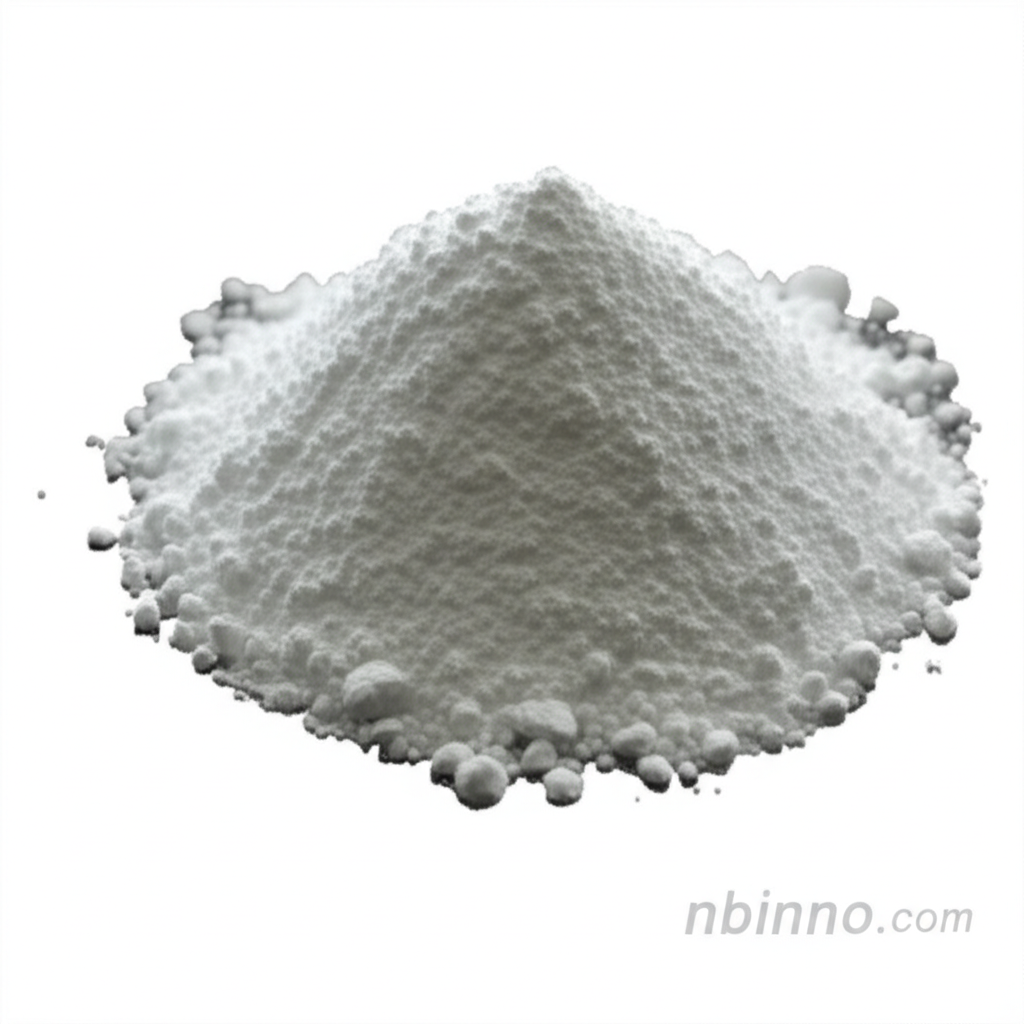High-Purity 1-Cyclopropyl-6-fluoro-1,4-dihydro-8-methoxy-7-(3-methyl-1-piperazinyl)-4-oxo-3-quinolinecarboxylic acid: Synthesis, Properties, and Applications
Discover the synthesis and enhanced antimicrobial potential of a key pharmaceutical intermediate. Explore how metal complexation amplifies antibacterial and antifungal efficacy, offering new avenues in drug development.
Get a Quote & SampleProduct Core Value

1-Cyclopropyl-6-fluoro-1,4-dihydro-8-methoxy-7-(3-methyl-1-piperazinyl)-4-oxo-3-quinolinecarboxylic acid
As a leading manufacturer in China, we specialize in the synthesis of high-quality pharmaceutical intermediates. Our expertise in producing 1-Cyclopropyl-6-fluoro-1,4-dihydro-8-methoxy-7-(3-methyl-1-piperazinyl)-4-oxo-3-quinolinecarboxylic acid ensures exceptional purity and efficacy for your research and development needs.
- Explore the synthesis of 1-Cyclopropyl-6-fluoro-1,4-dihydro-8-methoxy-7-(3-methyl-1-piperazinyl)-4-oxo-3-quinolinecarboxylic acid, a critical component in advanced antimicrobial research.
- Learn about the antimicrobial activity of fluoroquinolone metal complexes and their potential to overcome drug resistance.
- Understand the process of gatifloxacin metal chelate synthesis and its advantages in enhancing therapeutic outcomes.
- Discover how pharmaceutical intermediates synthesis and characterization are crucial for developing next-generation drugs.
Advantages of This Compound
Enhanced Potency
Metal complexation of quinolone derivatives, such as the synthesis of 1-Cyclopropyl-6-fluoro-1,4-dihydro-8-methoxy-7-(3-methyl-1-piperazinyl)-4-oxo-3-quinolinecarboxylic acid, demonstrably boosts antimicrobial efficacy.
Broader Spectrum of Activity
These complexes exhibit improved activity against a wider range of bacteria and fungi, contributing to the development of more versatile antibacterial agents.
Overcoming Resistance
The unique properties of these metal chelates offer a promising strategy to combat antibiotic resistance, a growing global health concern.
Key Applications
Antibacterial Agent Development
Research into the antimicrobial activity of fluoroquinolone metal complexes is vital for creating new treatments for bacterial infections.
Pharmaceutical Intermediates
The precise synthesis of 1-Cyclopropyl-6-fluoro-1,4-dihydro-8-methoxy-7-(3-methyl-1-piperazinyl)-4-oxo-3-quinolinecarboxylic acid is a cornerstone for many drug discovery programs.
Bioinorganic Chemistry Research
Studying the interactions between metal ions and organic molecules, like in gatifloxacin metal chelate synthesis, advances our understanding of biological processes.
Fine Chemical Manufacturing
The meticulous pharmaceutical intermediates synthesis and characterization ensures the quality and reliability of chemical supply chains.
